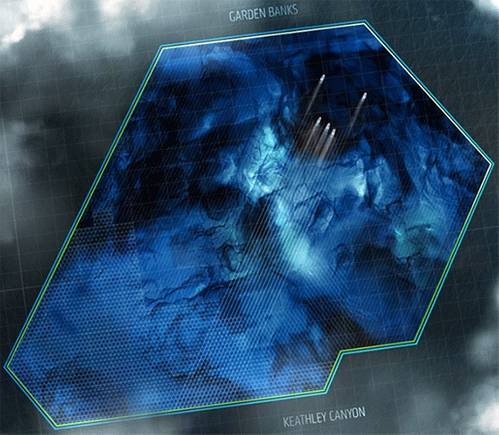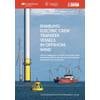PGS to Reveal Triton Success at AAPG
The new PGS MultiClient Full Azimuth (FAZ) GeoStreamer survey represents the next advance in tailored acquisition design and state-of-the-art depth imaging.
Petroleum Geo-Services (PGS) will share more information about the success of its Triton Full Azimuth (FAZ) GeoStreamer survey at this year’s AAPG in Houston. PGS said Triton is the first ever MultiClient survey to use the unique PGS Orion configuration, part of a survey design which has been developed to reveal the structures obscured beneath the salt in this area like never before. Using this configuration, combined with PGS’ industry-leading acquisition technology GeoStreamer, the survey is designed to generate high quality, high-fold, long-offset broadband data as the basis for the clearest subsurface images yet of Garden Banks and Keathley Canyon.
The Triton survey covers a highly prospective area in the Central and Western planning areas in the Gulf of Mexico. Acquisition began in November 2013 is already approaching 50% completion. Triton covers 10,000 sq km (390 OCS blocks) in Garden Banks and Keathley Canyon – many of these blocks will become available for license or farm-in opportunities in the near future.
The Triton survey area has proven to be highly prospective in recent years. This area encompasses the BP's sub-salt Tiber discovery in Keathley Canyon 102; several significant wildcat wells, including BP's Gila well in Keathley Canyon 93; and just inboard to Cobalt's North Platte discovery in Garden Banks 959, to name a few.
For this survey, PGS has developed a unique approach to acquisition that utilizes a total of five vessels in a new configuration. PGS Orion combines two high-capacity streamer vessels, each towing ten 8 km GeoStreamer dual-sensor cables, in combination with three independent source vessels in a simultaneous long-offset (SLO) configuration, to achieve effective far offsets in excess of 16 km.
GeoStreamer was also selected for this survey to provide the broadest possible seismic bandwidth without any compromise in pre-stack data quality or acquisition efficiency. Broadband seismic, using separated wavefield de-ghosting, has been demonstrated to improve interpretability, resulting in better geological models, as well as improved prospect definition and identification.
Acquisition is expected to complete in Q3 2014.
pgs.com














 February 2025
February 2025



